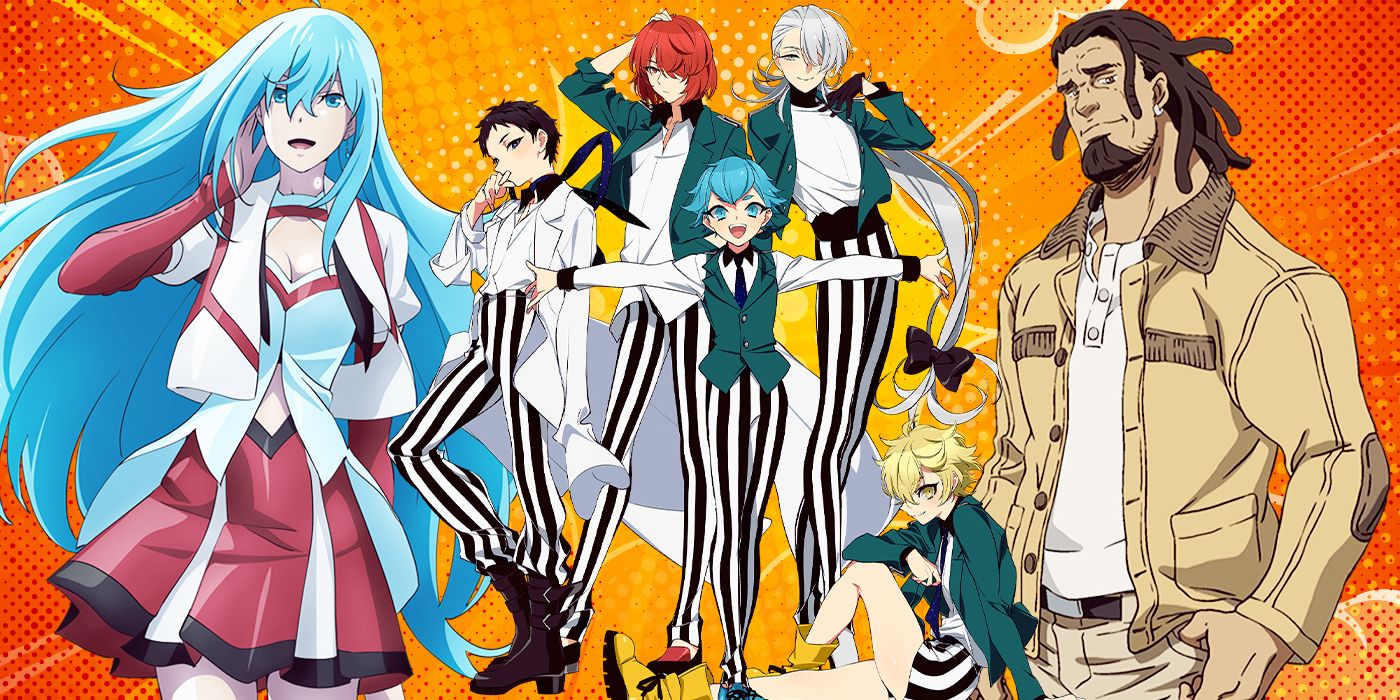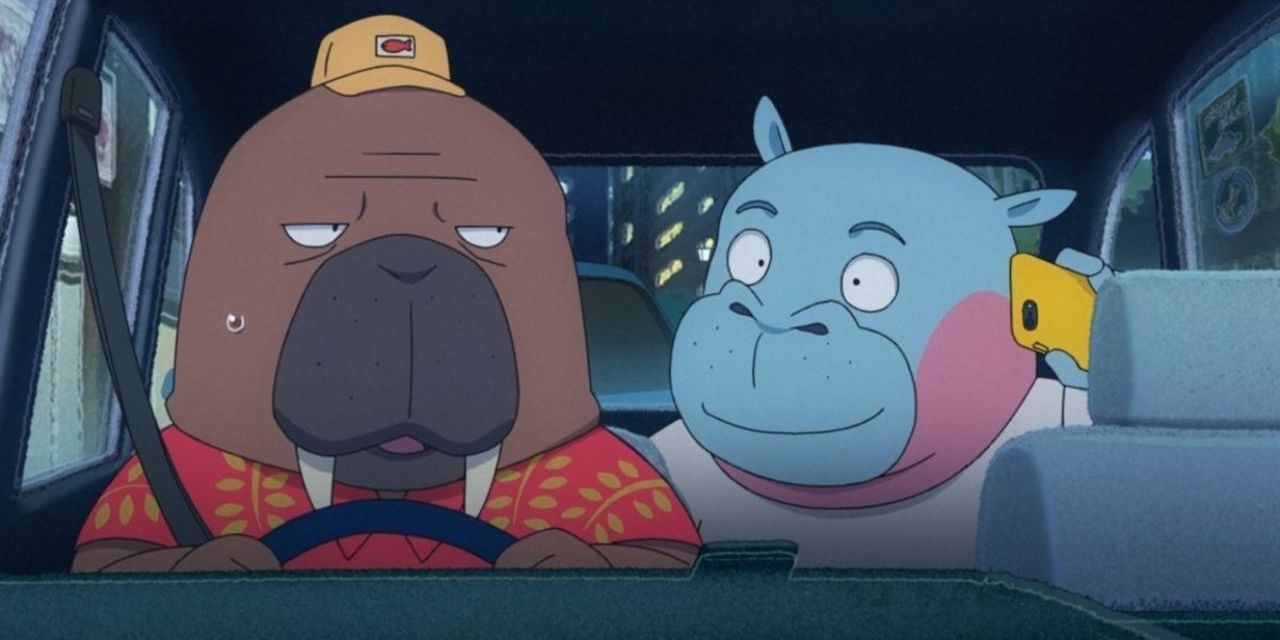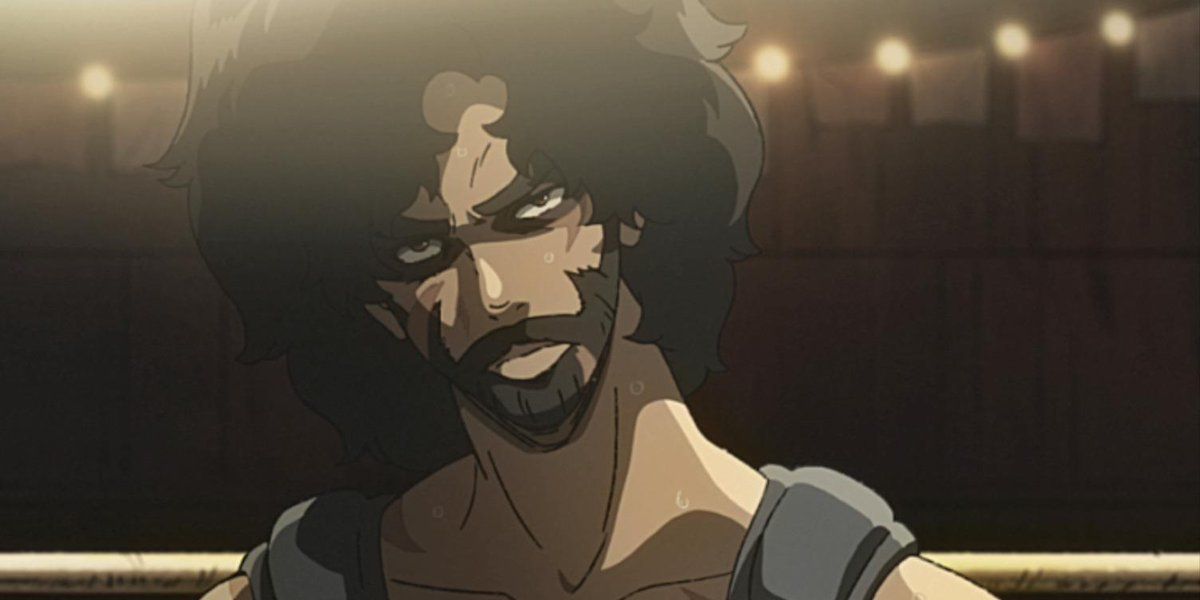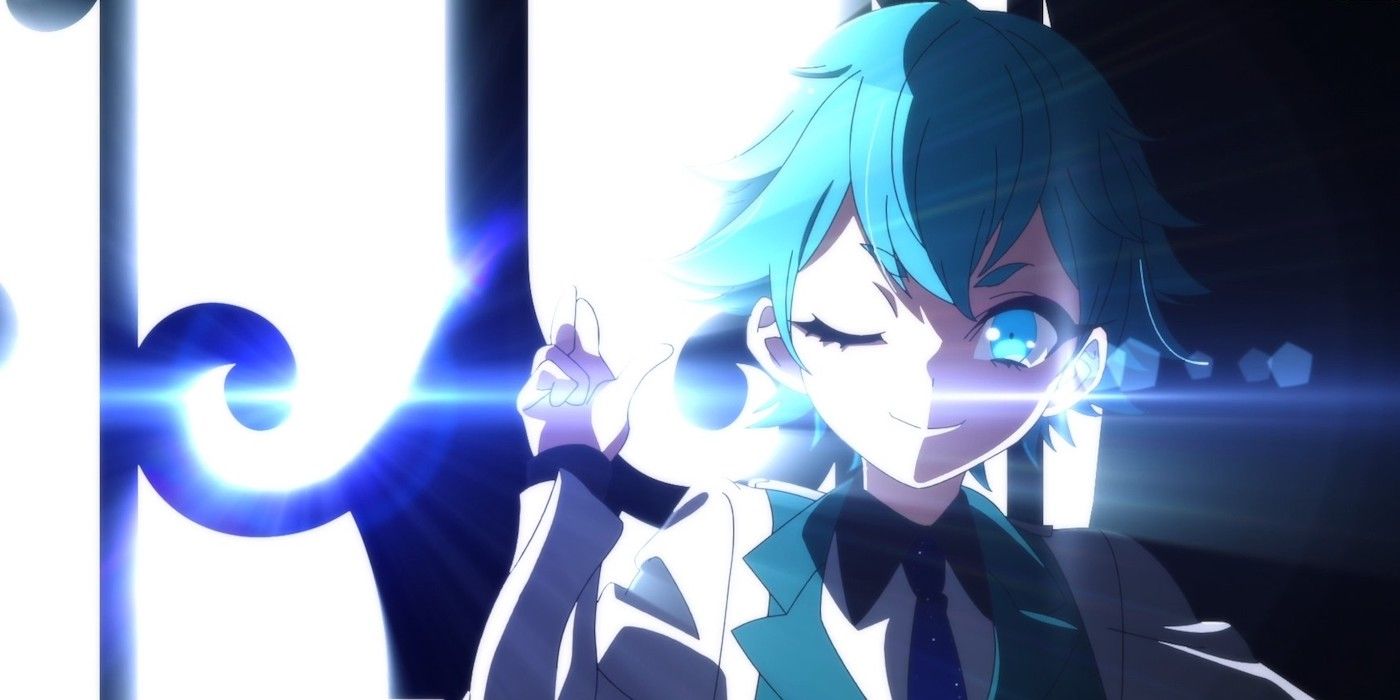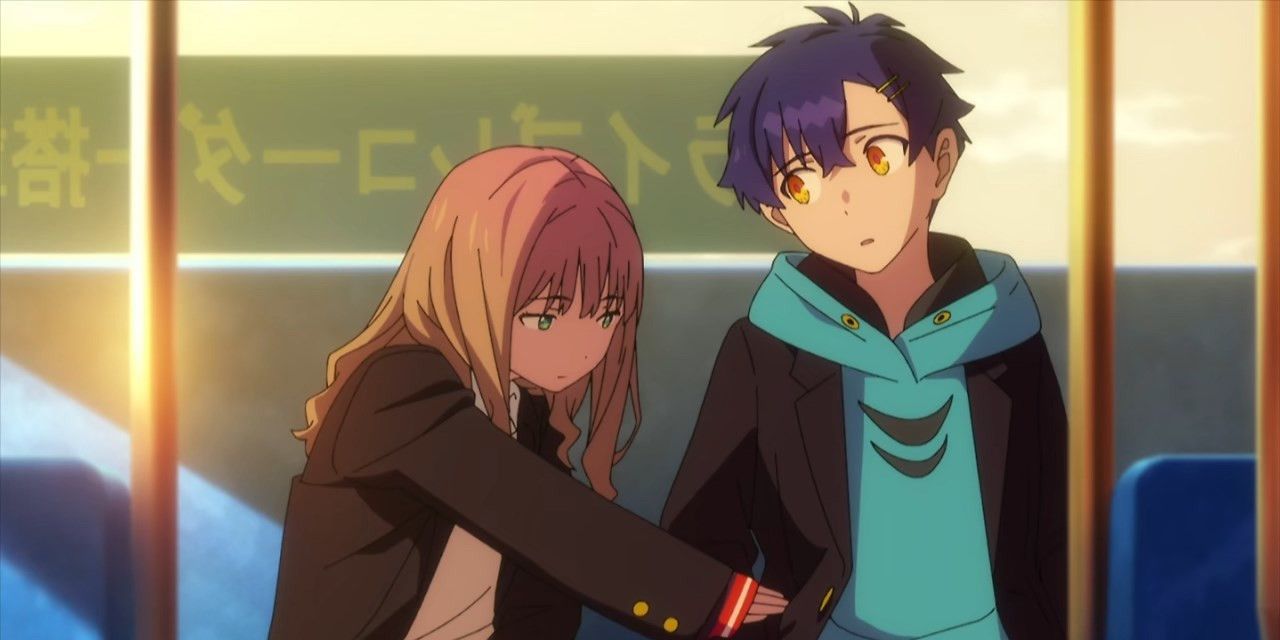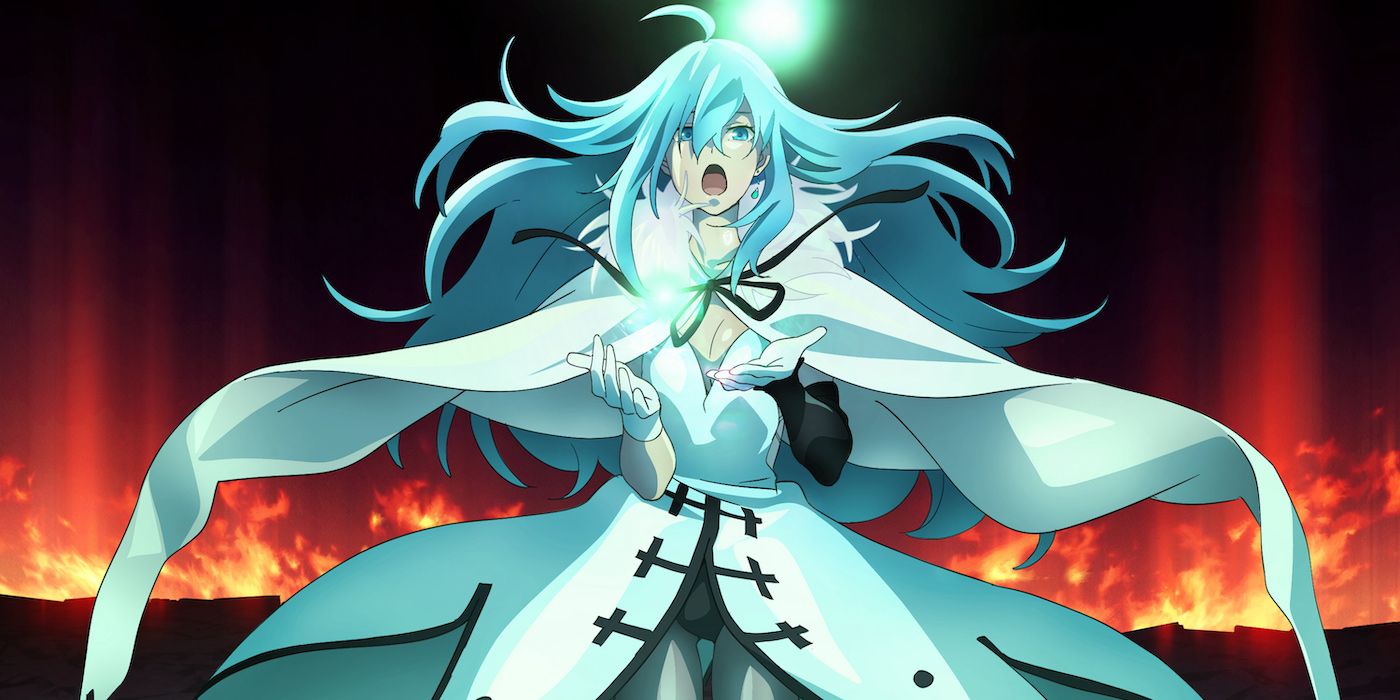With the summer anime season in full swing, there are any number of new shows for the eager fan to keep up with weekly. For the more discerning or time-crunched of us, though, you might be wondering which of the previous season's efforts that have recently ended turned out to be worth your time. If that's you, here are five recently-finished anime that are worth your time — hopefully you find one that catches your interest.
ODDTAXI
A modern noir with a cast of animals, ODDTAXI immediately stands out when you watch the premiere. Protagonist Odokawa is an unassuming taxi driver who also happens to be a walrus, and his job means that despite his rather introverted nature, he is constantly running into all sorts of interesting characters. As we follow him, we are also introduced to what becomes an ensemble cast that could fill a zoo, from pop idol cats and gorilla doctors to gangster baboons and a social media influencer hippopotamus. The silly setting quickly reveals itself to be a front for a dark and intriguing mystery involving kidnapping and murder, and we follow Odokawa as this mystery unfolds around him.
Since most anime is franchise-related, whether it be an adaptation of a manga or an extension of a mobile game, it's always exciting when we get an original series — even more so when the show comes from the minds of two relative newbies to the industry. It's director Baku Kinoshita and scriptwriter Kadzuya Konomoto's first anime, but they both knock it out of the park with ODDTAXI. In just its 13-episode runtime, ODDTAXI manages to tell a compelling story of ambition and the pitfalls we often run into when pursuing those desires, while simultaneously fleshing out a huge cast of characters, each with their own story to tell. The plot is complicated and ever-changing, but by the end, every piece falls into place, making ODDTAXI one of the most satisfying TV shows you'll watch all year.
Megalobox 2: Nomad
Back in 2018, the first season of Megalobox premiered as a 50th-anniversary celebration of the classic boxing manga Ashita no Joe. The series is a very loose adaptation of that comic, featuring a young man named Joe as he participates in a new variation on boxing where people wear powerful exoskeletons to enhance their abilities. In the first season, Joe rose to the top of the megaloboxing world without using his own special gear, and that series is one of the best sports anime to come out in the past decade. When they announced that it would be getting a sequel, I was left wondering just how they would follow up on such a good, self-contained story. The answer, it turns out, was to make something almost entirely different, and arguably even better than its predecessor.
Megalobox 2: Nomad still follows underdog protagonist Joe, but many years later as he has burned out and is wandering in search of purpose. The original series took place in an ethnically diverse near-future already, and director Yo Moriyama as well as his screenwriters Kensaku Kojima and Katsuhiko Manabe took that aspect of the setting and ran with it. Joe's travels have him meet and befriend all sorts of marginalized groups being discriminated against in various ways, with heavy Central and South American influences on the production. The story ideas come from the team's lives, too, drawing inspiration from real Brazillian and Peruvian immigrant communities in Japan; you can read more about the process behind conceiving this sequel in this interview. If you were a fan of Megalobox and weren't sure if the sequel was worth your time, rest assured it absolutely is — and if you haven't gotten on the train yet, Megalobox 2: Nomad is a compelling reason to catch up.
Pretty Boy Detective Club
Middle school girl Mayumi Dojima was born with almost supernaturally good eyesight, and she has been searching for a star she once saw ten years ago. This search leads her to meet the eccentric Pretty Boy Detective Club, led by aesthete Manabu Sotoin, who insists on his club following three specific rules: be pretty, be a boy, and be a detective. With their help, she uncovers the truth behind the star she saw that day, and eventually joins their club herself. Together, they solve esoteric "mysteries" together.
It may sound like a flimsy premise, but any fan of writer Nisio Isin will tell you that nothing is as simple as it seems. Pretty Boy Detective Club follows in the aesthetic footsteps of animation studio Shaft's other Isin adaptations such as Bakemonogatari, featuring limited animation in favor of highly stylized, dreamlike sequences that accentuate Isin's abstract, dialogue-heavy storytelling. As one might presume from the fact that the titular club is literally "for boys," but the protagonist is a girl, Pretty Boy Detective Club is thematically obsessed with ideas of identity and belonging, with each arc bringing Mayumi and her new friends closer to a greater understanding of what it means to be part of a group. If you have enjoyed Nisio Isin's previous works or are into less traditional narrative structures, Pretty Boy Detective Club is for you.
SSSS.Dynazenon
A bit of an unconventional tokusatsu series, SSSS.Dynazenon follows a wandering man named Gauma who was once able to control the kaiju monsters that have recently been appearing in the world. Since he has lost this power, though, he has taken it upon himself to pilot the giant robot Dynazenon to stop the rampaging kaiju, enlisting the other four main characters to help him do so. The mystery of who exactly Gauma is, and where the monsters and Dynazenon came from, is ostensibly the main plot of the show. However, at its core, SSSS.Dynazenon is about a group of people in various transitional periods of life — students, dropouts, grieving families — trying to figure out where to go next.
SSSS.Dynazenon is a sort of follow-up to 2018's SSSS.Gridman, which itself is a soft reboot of the short-lived ‘90s drama series Gridman the Hyper Agent. Director Akira Amemiya and writer Keiichi Hasegawa are both back from SSSS.Gridman, expanding upon that universe with a whole new cast and setting. SSSS.Gridman is an interesting effort that served as a compelling subversion of superhero shows while still celebrating where it came from. Luckily, while technically connected, SSSS.Dynazenon can be fully appreciated by itself. And the Amemiya/Hasegawa team stepped up their game for this entry, bringing us a fully developed cast of characters with grounded interpersonal conflicts that come to head in dynamic battles between huge robots and monsters, making it a more realized series than their already ambitious previous effort. If you're into fist-pumping robot fights, thoughtful character drama, or both, SSSS.Dynazenon has something for you to appreciate.
Vivy: Fluorite Eye's Song
Vivy: Fluorite Eye's Song starts its story in the far future, where AI development and the surrounding political strife have finally reached a breaking point, causing an all-out war between AI and the humans who created them. One scientist uses his last moments to attempt to prevent this war from ever happening by sending an AI, Matsumoto, 100 years into the past to meet the very first autonomous AI, Vivy. With Vivy's help, Matsumoto hopes to change key moments in history so that the AI-human conflict doesn't reach the same conclusion, and the series follows Vivy for the course of those 100 tumultuous years.
Tappei Nagatsuki, who has attained significant notoriety for his hugely successful and ambitious isekai series Re:Zero - Starting Life in Another World, is back to pen this original story, and it carries with it all of Nagatsuki's strengths. His penchant for flawed yet compelling protagonists comes through in the protagonist Vivy herself, a girl burdened with two massive and conflicting responsibilities at the same time. In addition, Nagatsuki's ability to craft believable and detailed worlds shines here; the show's speculative story and two simultaneous similar-yet-different timelines are a demanding task to juggle, but one can't help but feel like both futures of Vivy: Fluorite Eye's Song are equally possible and real. As an AI herself, much of the story revolves around Vivy having to navigate the complications of her own burgeoning autonomy and a world that doesn't want her to have those freedoms, and her journey toward self-actualization is a rewarding one. Vivy: Fluorite Eye's Song is a solid watch for any fan of speculative sci-fi and thoughtful world-building.

